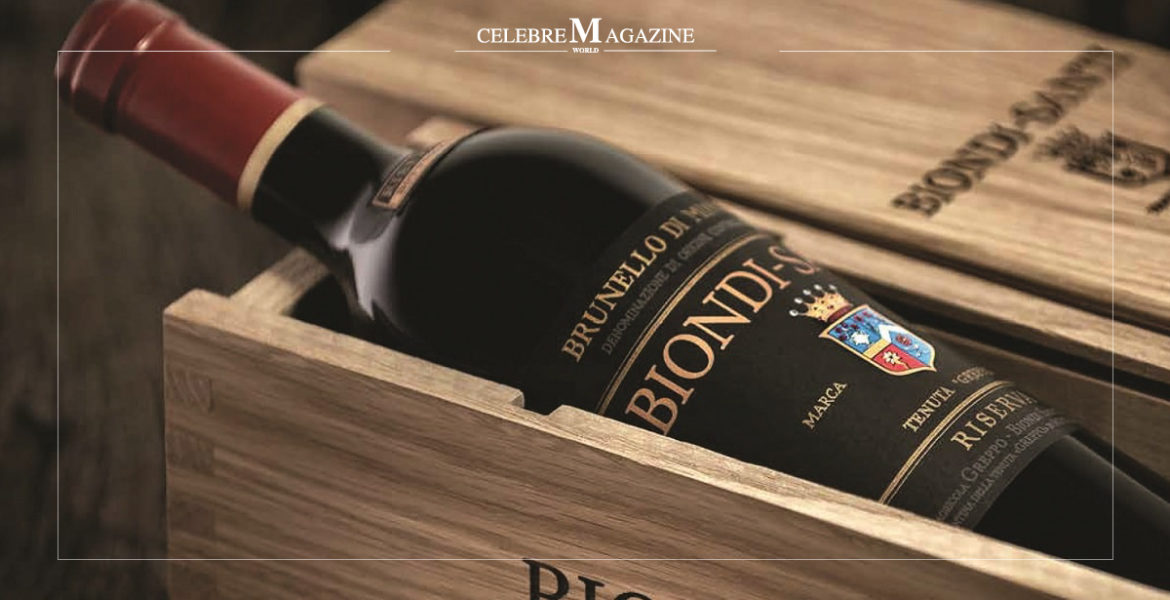Wine is not only a drink but also a business and an investment. A business because, for Italy, it represents net revenues for 9bn€ and direct engagement for many dozens of thousands of specialized workers. 150 producers cover 80% of the market but only 66% of exports.
It means that it exists a huge number of small producers that develop an impressive effort with the aim to have their brand well known abroad. As a whole, 5,6bn € of exportations, well positioned in the top ten of Italian industries.
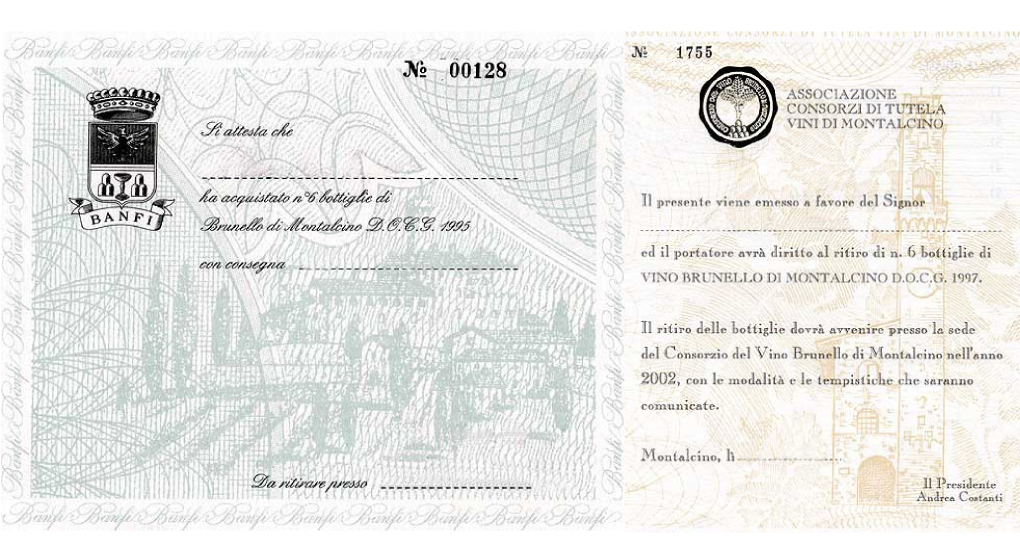
The market is significant in other countries too. 50 producers are listed on Stock Exchanges with an average capitalization of 60bn€. Two of them are Italians and with very different strategies and marketing policies: Masi Agricola and Italian Wine Brands, the first at the top for Amarone and the second with a sound multi-brand distribution approach.
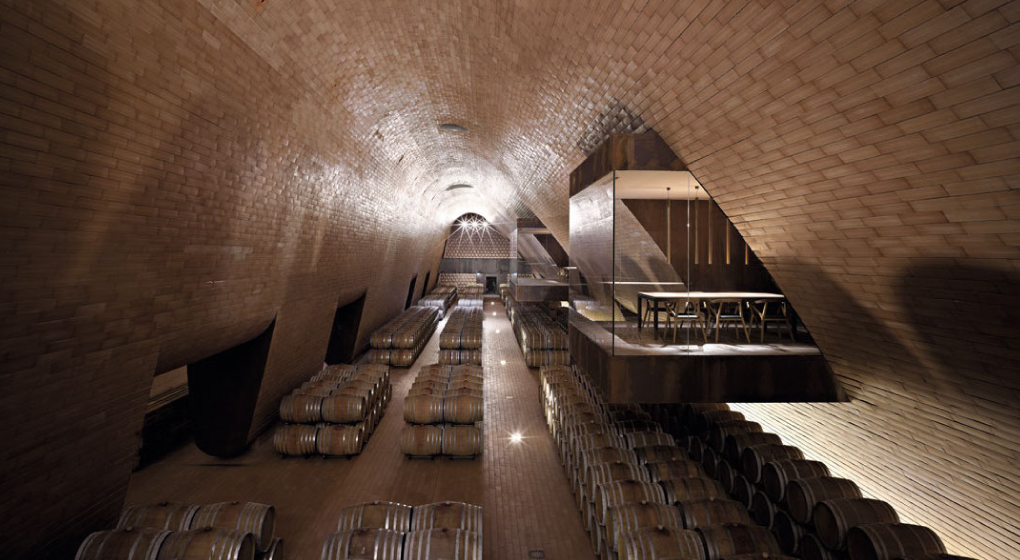
From a financial point of view, since the ’90, some producers of top-quality wine have been involved in the commodities derivative market through the creation of specialized futures contracts or warrants with preset prices that take advantage of the required period of ageing of some of the most famous red and dessert sipper wines. In the past, the same producers traditionally offered sales denominated “en-primeur”, selling, in advance, cases of bottles (6 or 12 each) after the production in bottles or in barrels, granting the physical availability at the right age (4, 5 or more years).
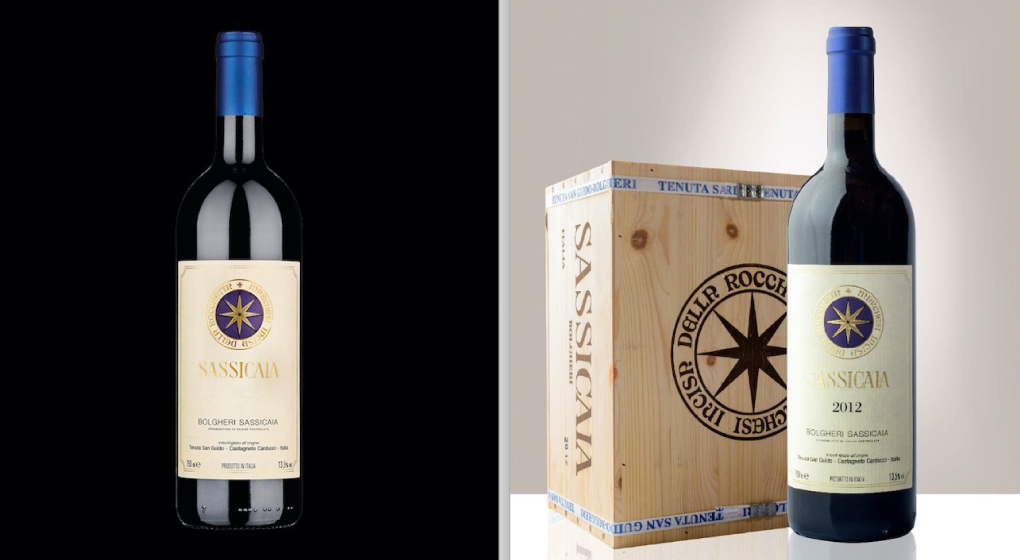
The main difference between futures and en-primeur is just the securitization of the first that creates the possibility to negotiate the contracts during the ageing process. This fosters the interest of financial markets to invest and to exchange the securities that represent the cases. The range of operators potentially involved is widened, creating positive (and negative) speculation activities. As for any commodity, the interesting difference with financial derivatives is the limitation of the number of contracts related to the existing volume of bottles.
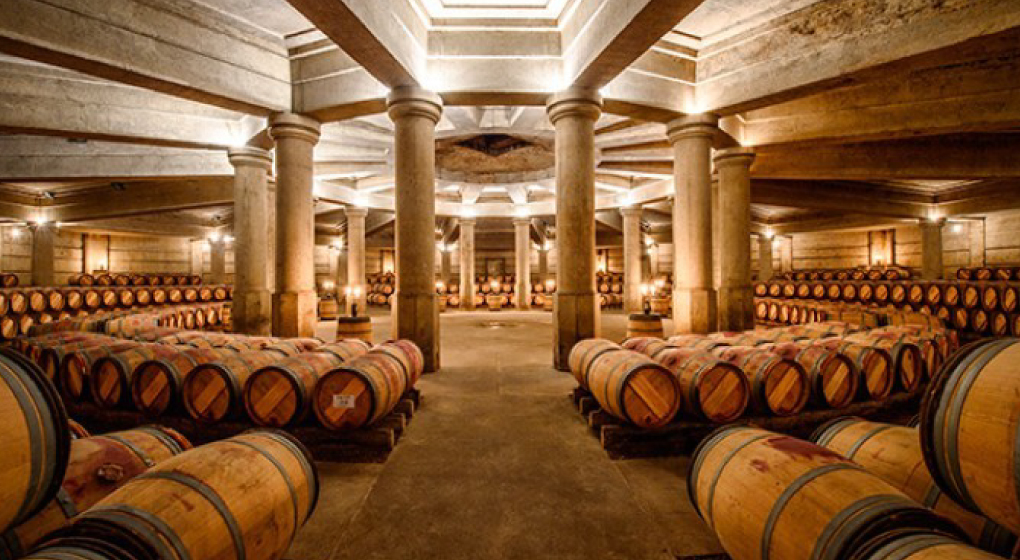
Collectors, restaurants, wine bars, financial intermediaries and their customers create a wide, depth and resilient market that involves a different interest in the absence of short selling and with controlled volatility. The main risk is the quality of each year’s production, but many brokers or experts operate like market makers through qualified ranking usually based on a 100 points basis, widely recognized.
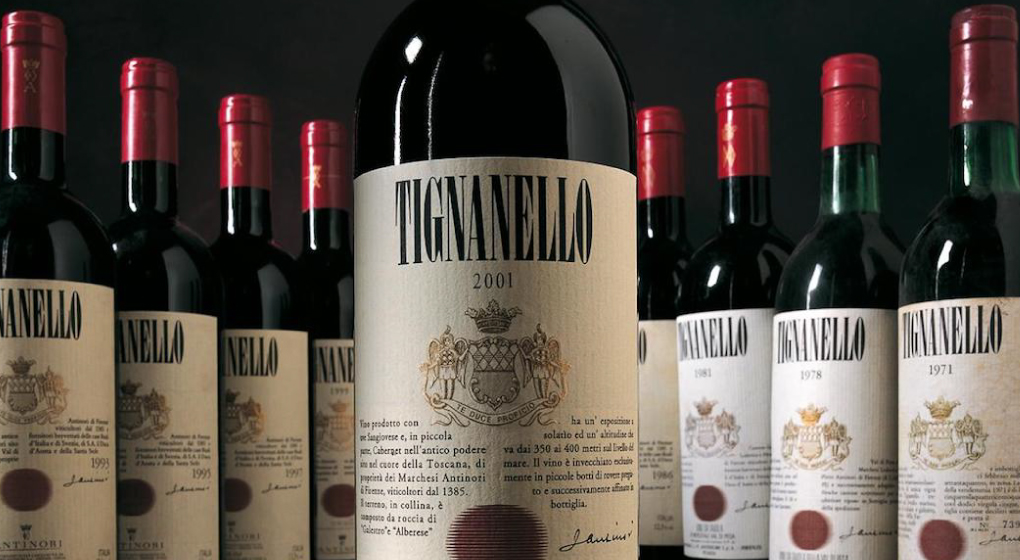
In parallel, a diffused market of auctions exists where cases or single bottles are offered to specialists offering a sound benchmark for evaluating current prices. According to this view: wine is a drink, a gift, an investment and an industrial product, that is, a qualified commodity apt to create and maintain an actual market. For each of us, as Giovanni Agnelli said, there is the possibility to drink or – better – to taste the wine!
by Giuseppe G. Santorsola
Full Professor of Asset Management, Corporate Finance and Corporate & Investment Banking | Parthenope University of Naples

